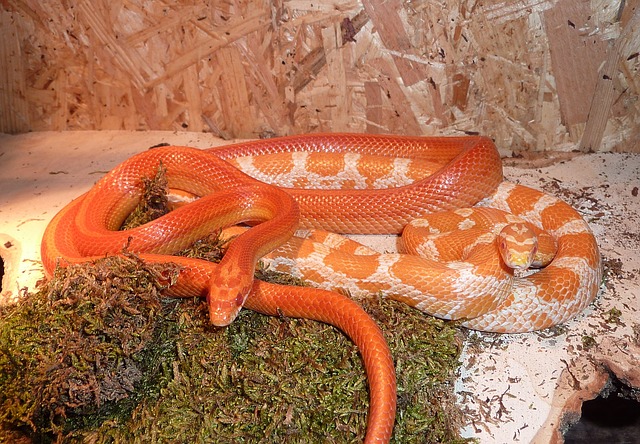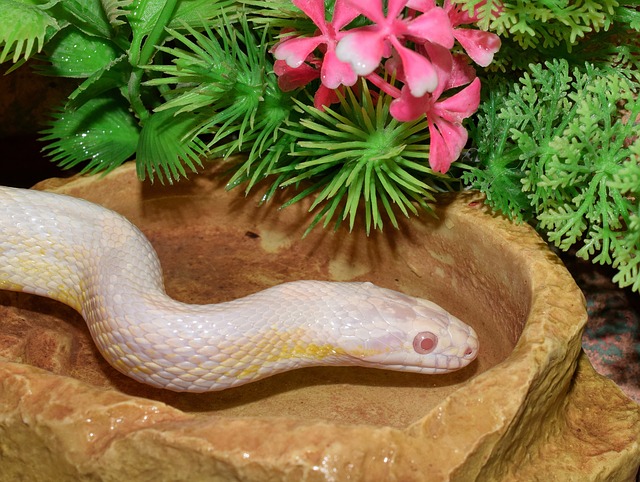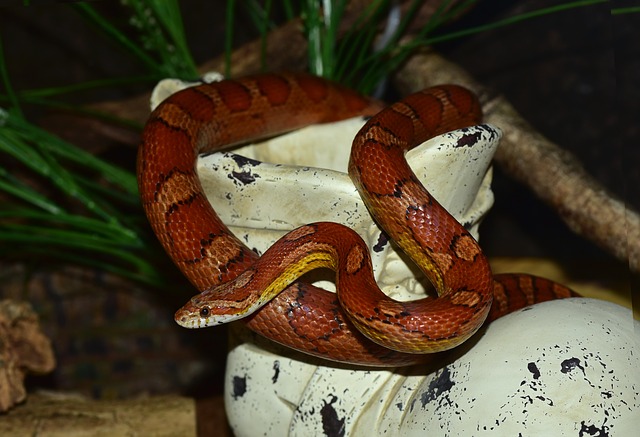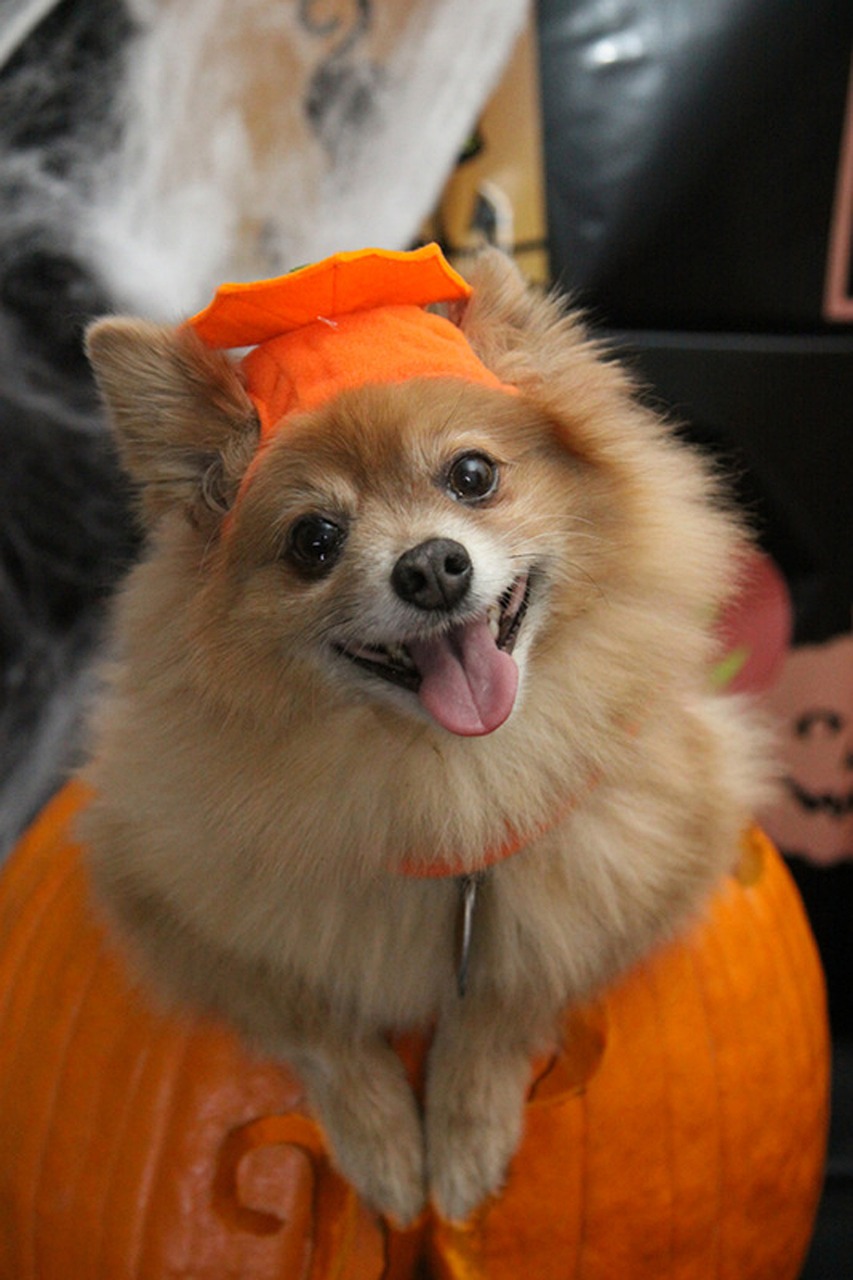CORN SNAKE
Corn snakes are beautiful snakes with a very gentle disposition. Over the years, captive breeding of this species has created an amazing variety of color morphs that are now available to beginner hobbyists. They were given the name “Corn” snake because they were commonly found in barns where corn was being stored. They enjoy the shelter that barns create, and the mice and rats that are attracted to the corn.
Common Name: Corn Snake or Red Rat Snake
Scientific Name: Elaphe guttata
Distribution: Eastern to Central United States
Size: 3′-6′
Life Span: 15-20 yrs. + years
 HABITAT
HABITAT
Hatchling to juvenile corn snakes (under 2′) can be housed in a 10 gallon terrarium. Adult Corn snakes will need at least a 20-40 gallon terrarium. We recommend keeping corn snakes in an enclosure that is no shorter than half the length of the snake. A secure, lockable sliding screen lid is essential for these snakes. Wooden caves or Cork Bark will provide a secure hiding place to help reduce stress.
HEATING
Daytime Terrarium Temperature 75-79°F
Basking Temperature 85-88°F
Nighttime Terrarium Temperature 72-75°F
Create a thermal gradient in your snake enclosure by placing a heat lamp and an Under Tank Heater on one side of the terrarium. Heat bulbs are a good choice for heating snake enclosures. By placing the heating elements on one side of the cage, you will naturally provide the proper thermal gradient. A thermometer will help you keep a close eye on terrarium temperatures. Keep all hideouts on the cool end of the enclosure. An Under Tank Heater is essential to provide belly heat to your snake while it digests a meal.
LIGHTING
Snakes typically do not require UVB to meet their vitamin D requirements. However, many snakes receive UVB and sunlight in their natural habitat and there is new evidence that they benefit from UVB lighting in captivity. Fluorescent lamp can be used to illuminate your terrarium and bring out the full natural colors of your beautiful Corn snake.
SUBSTRATES
Corn snakes will do best on Aspen Snake Bedding, cypress mulch, or ReptiBark. We recommend a substrate layer of 2-3″ in depth. Provide moistened moss in a cave to create a humidity chamber. This chamber will help your snake loosen its skin before it sheds. Carpet can be used as a safe, environmentally friendly, and easy-to clean substrate.
NUTRITION
Corn snakes can be fed exclusively mice and small rats throughout their lives. Rodents provide snakes with the needed calcium and vitamins. We recommend feeding only frozen/thawed rodents. Have fresh water available at all times. Corner Bowls are an excellent choice water bowl for all snakes. When choosing the proper sized food item for your snake select a mouse/rat that is the same size, or slightly bigger than the girth of your snake body. Hatchlings will eat 1 pinkie mouse per week. Juveniles will eat 1 hopper-adult mouse per week. Adults will eat 1 appropriately sized rat, or 2 adult mice per week.

